How Can Termites Affect Brick Houses: The Truth!
How can termites affect brick houses? I’ve often wondered about this, especially since many believe that brick homes are safe from pests like termites. The truth is, termites can still find a way in. They don’t just munch on wood; they can damage the materials surrounding your home.
Even if the structure is made of brick, these pesky bugs can create tunnels and weaken the foundation. I’ve seen homes that seemed fine but had hidden termite damage. Understanding how termites operate is crucial for homeowners. It helps me protect my investment and keep my space safe. Let’s explore the ways these critters, like subterranean termites, can impact your brick house and what you can do to prevent it.
Key Points:
- Termites can cause damage to brick houses by targeting wood structures, so inspect wooden components regularly.
- Understand termite behavior to recognize signs of infestation early, such as mud tubes or discarded wings.
- Look for potential damage in hidden areas like attics or basements where termites may thrive.
- Debunk common myths: termites can live in brick homes if there is wood present, so don’t assume brick alone is a barrier.
- Implement prevention tips, such as sealing cracks and reducing moisture to deter termites from entering your home.
- Regularly consult pest control professionals for inspections and treatments to protect your investment in your brick house.
Understanding Termite Behavior

Termites in Brick Structures
Brick homes can still face termite damage. Many people believe that brick provides complete protection, but it does not. Subterranean termites can find ways to reach wood within these structures. I learned this when I discovered that my own brick home had wooden beams hidden behind the walls.
Wood within brick houses increases the risk of infestations. Termites feed on cellulose found in wood. Even solid brick homes may have hidden vulnerabilities. Settling and cracks in the brick can create access points for these pests.
How Termites Enter Homes
Termites usually enter through soil and cracks, not directly through brick. They seek out small gaps around foundations or utilities entering the home. I noticed how easily they could exploit these openings during a recent inspection of my house.
Moisture-rich environments attract termites. They prefer damp areas as they need water to survive. Areas with poor drainage or leaks are prime targets for these pests.
Common Entry Points
Inspecting the foundation is crucial for identifying potential entry points. The area where the foundation meets the ground is often overlooked. This is where many termites begin their invasion.
Utility lines and plumbing penetrations also require attention. Gaps around these lines can provide access for termites. I found several small openings in my own home that could allow entry.
Cracks in concrete slabs serve as pathways for subterranean termites. These pests can travel unnoticed through even tiny fissures. Regular inspections help catch these issues before they escalate.
Potential Damage in Brick Houses
Structural Components at Risk
Termites primarily target wooden framing and support structures hidden behind brick veneers. These areas are often overlooked during inspections. Wooden beams and joists, especially those in contact with the ground, are also at risk. I remember a friend who discovered extensive damage to her home’s support structures. The termites had eaten away at the wooden framing, causing significant issues.
Flooring and subflooring are critical areas where termites can cause substantial damage. These components provide essential support for the entire structure. If termites infest these areas, they can weaken the foundation of the house. It’s important to regularly check these areas for signs of infestation.
Hidden Areas of Damage
Termite damage may not always be visible at first glance. They often operate behind walls and under floors, making detection difficult. I once learned that using tools like moisture meters can help identify potential hidden infestations. These devices measure moisture levels, which may indicate termite activity.
Inaccessible areas pose a significant challenge. Termites can thrive in spaces that homeowners cannot easily inspect. Regular inspections by professionals can uncover these hidden threats. Early detection is essential to prevent further damage.
Long-term Effects on Stability
Untreated termite damage can severely compromise the structural integrity of a home over time. Significant infestations lead to costly repairs and safety hazards. I’ve seen homes that required extensive renovations due to prolonged termite damage. It’s alarming how quickly they can undermine a house’s stability.
Early detection is crucial in preventing long-term stability issues. Homeowners should remain vigilant and proactive about inspections. Addressing problems early on saves money and protects the home’s value.
Identifying Termite Presence
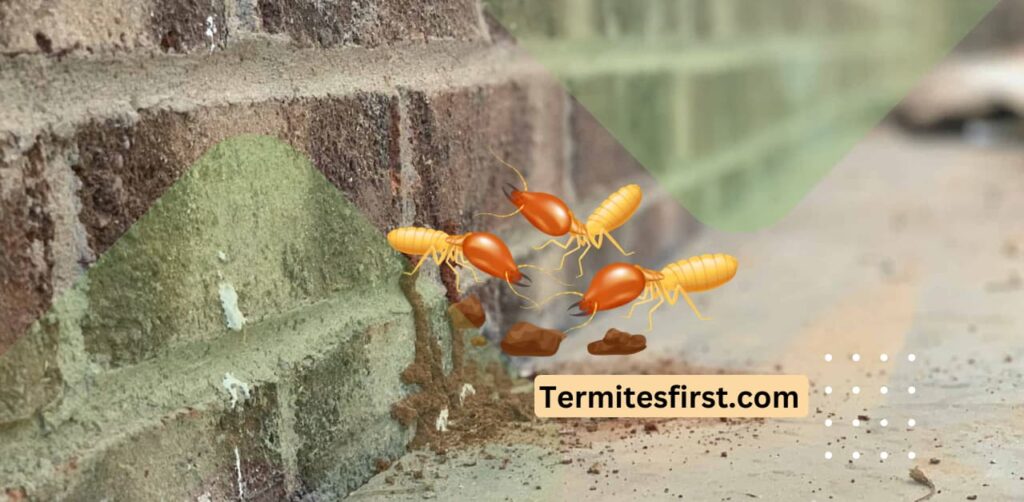
Visible Signs of Infestation
Signs of termite presence can often be found around brick houses. Mud tubes are a common indicator. These tubes appear on walls or near the foundation. They serve as highways for termites to travel and protect themselves from predators.
Changes in paint or wallpaper may also reveal termite activity. If you notice bubbling or peeling paint, it could mean there are termites beneath the surface. Checking for discarded wings is another way to identify an active colony. After swarming, termites shed their wings. Finding these wings inside your home signals a possible infestation.
Subtle Indicators to Watch
Termite issues may not always be easy to spot, unlike other types of damage. One summer, I noticed strange wetness by my brick wall. This moisture could be a sign of termites lurking nearby, so it’s important to keep a close eye on such areas.
Unusual sounds can be another clue. Listening for clicking or rustling noises within walls may suggest termite activity. These sounds occur when termites communicate or feed on wood structures nearby. Small holes in wood surfaces can also hint at feeding habits of termites. These holes often lead to larger issues if left unchecked.
Common Misconceptions
Many people believe that brick houses are completely safe from termites due to their material. This is a misconception. While brick does not provide food for termites, it does not guarantee protection from them either. Termites can still invade through cracks or gaps in the foundation.
It’s important to clarify that termites do not only target wood materials. They can affect other materials indirectly by damaging wooden structures behind brick walls. For instance, they might weaken support beams, leading to structural problems over time.
Another common belief is that visible damage is the first sign of an infestation. This is often not true. By the time you see damage, the infestation could have been ongoing for months or even years. Regular termite inspections are essential for early detection and prevention.
Understanding these signs helps homeowners take proactive steps against termite attacks. Seeking help from termite experts can provide guidance on effective termite prevention tips and strategies like creating a termite barrier around your home.
Debunking Myths About Termites

Brick vs. Wooden Homes
Brick homes are often viewed as safer from termite damage than wooden ones. However, this is a misconception. Termites primarily target wood, but they can still affect brick houses. Both types of homes require vigilance and preventive measures against these pests.
Brick homes face unique challenges. Termites can enter through small gaps or cracks in the foundation. I learned that many homeowners overlook these entry points. This lack of awareness can lead to serious issues later on. Regular inspections are crucial for both brick and wooden homes.
Misunderstandings About Safety
Many believe that brick exteriors provide total protection against termites. This assumption is misleading. Termites can access wooden components hidden within the walls of brick homes. They can travel through insulation or behind drywall, making detection difficult.
Homeowners should not take safety for granted due to their brick exterior. I’ve seen cases where termites thrived unnoticed in brick houses. Regular inspections are essential, regardless of the home’s material. Being proactive helps catch problems before they escalate.
Clarifying Risk Levels
Risk levels vary based on construction type and geographic location. For example, homes near wooded areas may face higher risks of termite infestation. Environmental factors, like humidity, also influence termite activity in brick structures.
I found that understanding my local environment helped assess my risk level better. Areas with high moisture attract termites more easily. Homeowners should evaluate their specific situation regularly to understand their risk.
To assess risk levels effectively, consider these steps:
- Inspect your home regularly for signs of termite activity.
- Check moisture levels around your property.
- Seal any cracks or gaps in your foundation.
- Consult pest control experts if you notice potential issues.
Prevention and Protection Tips
Regular Inspections Importance
Routine inspections are crucial. They help catch termite activity early. I believe that regular checks can save homeowners from major damage. Scheduling professional evaluations is a smart move, especially in high-risk areas. Termites often thrive in places with moisture and wood. These spots can include basements or near plumbing leaks.
Creating a maintenance plan is essential. This plan should include monitoring for signs of termites, like mud tubes or discarded wings. Homeowners should inspect their property at least twice a year. Keeping an eye on these indicators can prevent infestations before they start.
Effective Barriers and Treatments
Installing physical barriers is an effective way to stop termites. Metal mesh can be placed around foundations to block entry points. This method offers a strong defense against these pests. Chemical treatments also play a key role in protection. Products like Termidor® provide effective solutions against infestations.
Natural deterrents can complement traditional methods. For example, orange oil and neem oil are known to repel termites. I have used these natural options myself, and they seem to work well in smaller areas. Combining various methods increases the overall effectiveness of your prevention strategy.
Professional Help and Advice
Consulting pest control experts is wise for tailored solutions. Professionals understand the specific needs of each property. Their expertise can lead to better outcomes for termite issues. I always recommend getting a professional inspection if you suspect any problems.
The benefits of professional inspections are significant. Experts provide peace of mind by ensuring thorough evaluations. They also offer treatments that homeowners might not access otherwise. Staying informed about the latest termite prevention techniques is vital too. New products and strategies emerge regularly, making it important to keep up.
Homeowners should take proactive steps against termites. Regular inspections, effective barriers, and professional guidance form a solid defense against these pests. Taking action now can protect your brick house from costly damage later.
Conclusion:-
Termites can wreak havoc on brick houses, despite common misconceptions. I’ve shared insights on how these pests behave, the potential damage they can cause, and how to spot their presence. Understanding these aspects is crucial for protecting your home.
Taking preventive measures is key to keeping termites at bay. I encourage you to implement the tips discussed and stay vigilant. Don’t wait until it’s too late—act now to safeguard your property. Remember, knowledge is power in this battle against termites.
FAQ’s:
Termites primarily damage wood. However, they can compromise brick houses by targeting wooden structures within walls, such as beams and framing. This can lead to structural instability.
Yes, termites can inhabit brick homes if there is accessible wood. They thrive in damp areas, so any wooden components near the foundation are at risk.
Look for discarded wings, mud tubes on walls, or hollow-sounding wood. These signs suggest active termite infestations that require immediate attention.
Not all termites pose a threat to brick houses. Subterranean termites are the primary concern as they seek moisture and wood. Drywood termites typically target dry wood above ground.
Regular inspections, proper drainage, sealing cracks, and maintaining wood away from the foundation can help prevent infestations. Consider professional treatments for added protection.
Yes, hiring a pest control expert ensures effective identification and treatment of termite problems. Professionals have the tools and knowledge to protect your home effectively.
While DIY treatments exist, they may not be as effective as professional solutions. Misdiagnosis or improper application could worsen the problem. It’s best to consult an expert.

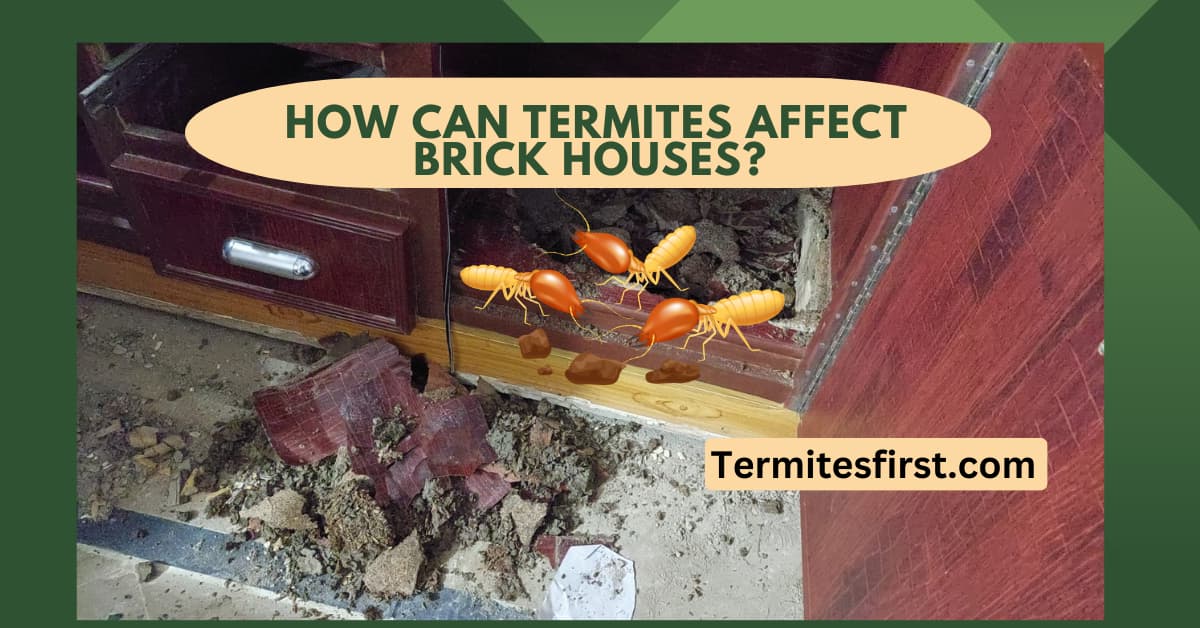

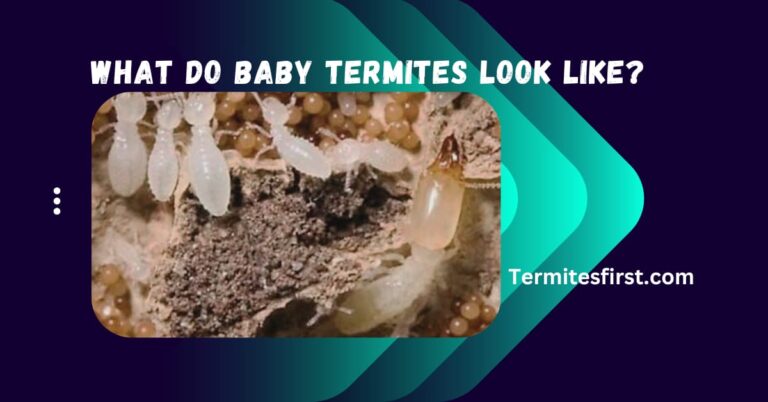
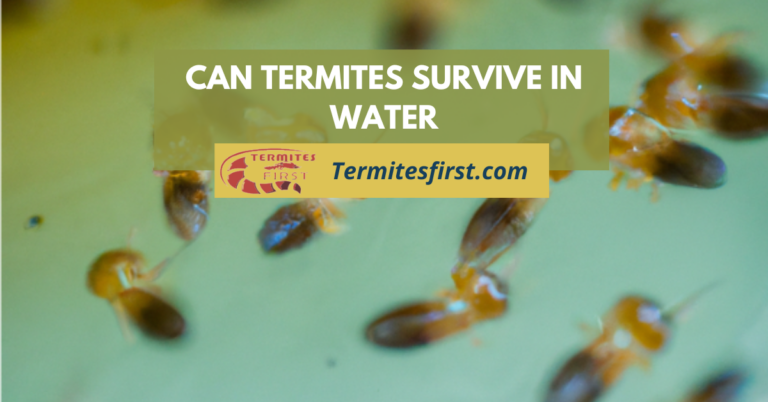
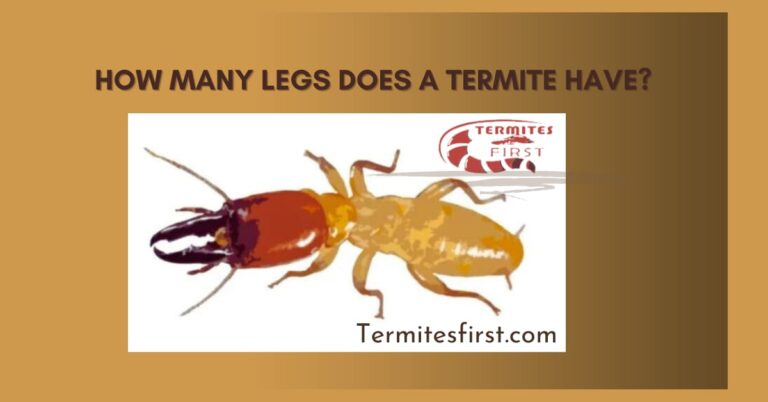
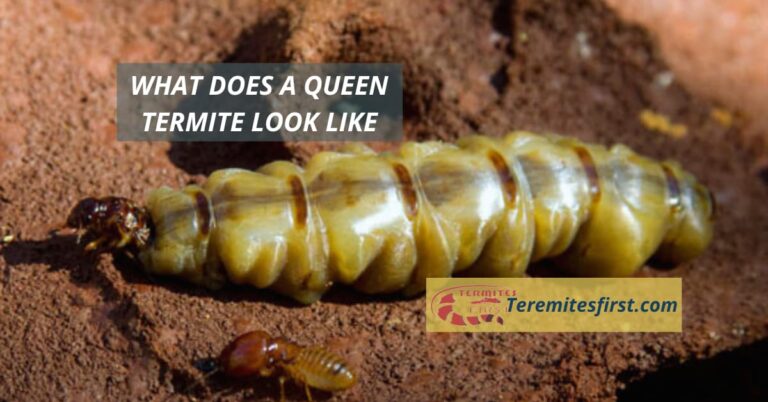
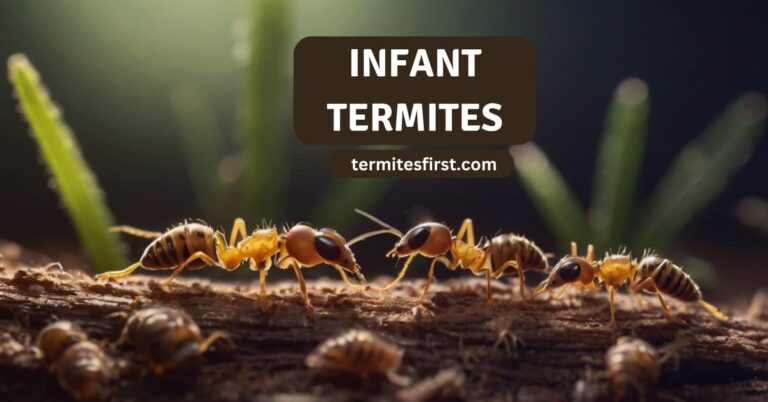
One Comment